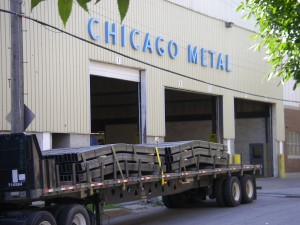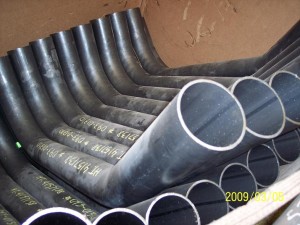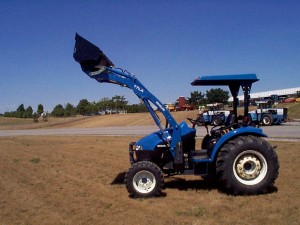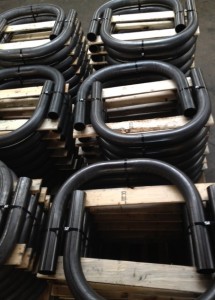First, some definitions, “HSS” stands for “Hollow Structural Sections” which are comprised of round, square and rectangular tubing. “OEM” stands for “Original Equipment Manufacturer,” an enterprise that has its own manufactured products. (Think tractors, for example.) “Curved Tubing” refers to tubing that has been curved to a specified radius with a specified degree of arc or a specified arc length. Such tube bending is often done by specialty subcontractors who supply the OEM supply chain.
OEMs are increasingly incorporating HSS in their products. Below are the top four market segments for OEM applications. Together they comprise some 72% of tubing used in OEM applications.
- Transportation: door frames, dump trucks, pull-behind trailers, rail cars, coal cars, etc.;
- Oil and gas: storage, drilling structures;
- Agriculture equipment: seeders, planters, sprayers, conveyors, corral gates and supports; and
- Construction equipment: hitches, backhoes, augers and forks.
The applications of curved tubing within the four market segments above are wide and varied. Let’s consider each market.
- Curved tubes in transportation: as a seal ring on an access door to a tank, as the bent “V” shape at the front of a trailer, as strut frames on trucks;

- Curved tubes in oil and gas: as structural members on oil derricks, as filters on oil rigs;

- Curved tubes in agriculture: as hitches behind a tractor, as arms on a front-end loader, as tractor frames, as a frame for a circular harvester;

- Curved tubes in construction equipment: as augers on conveying equipment, as roll-over protection structures (ROPS), as hitches.

The HSS market (like many others) crashed in 2008. Distributors of steel stopped buying tubing. Building construction stopped. By way of example, in 2007, tube production was 7,700 tons; in 2009, it was 4,300 tons; in 2012, it has climbed back to 6,700 tons.
The one bright spot for HSS has been the agriculture applications. Despite the decreased volume of HSS, engineers continue to look for efficient uses of tubing–both straight and curved–as component parts of equipment.







